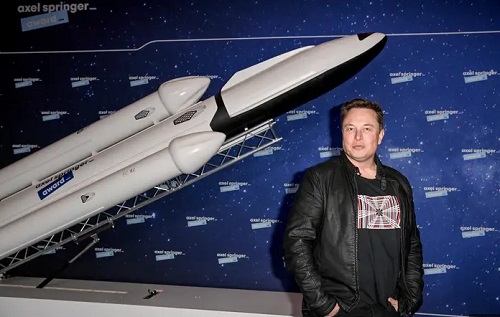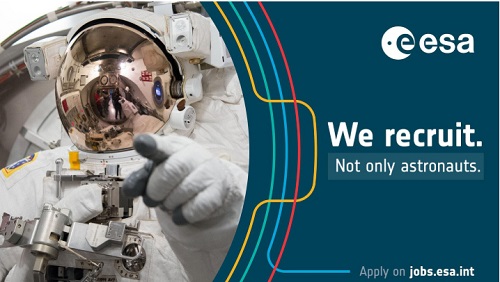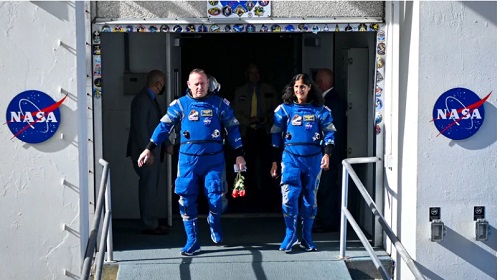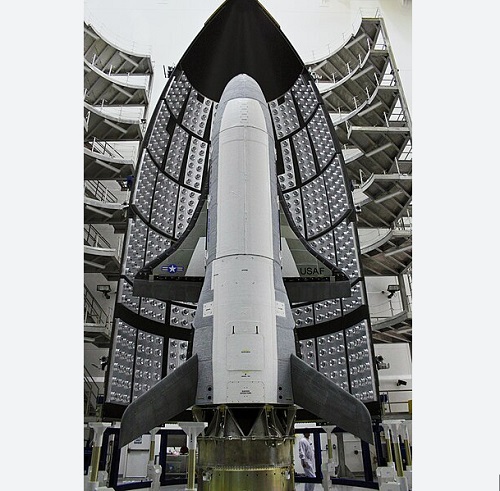In 2024, NASA is planning an important manned test flight to the Moon. ESA wants to become more independent again […]
Tag: space technology
Europe is investing a record amount in space travel. The ESA has set itself some ambitious goals
Europe is investing a record amount in space travel. The ESA has set itself some ambitious goals: preventing asteroid impacts, […]
NASA Decides to Bring Starliner Spacecraft Back to Earth
The manned “Starliner” space capsule has reached its destination and docked with the ISS. Due to a series of problems, […]
Spaceship costs Boeing hundreds of millions of dollars
On the second completely private mission, a four-person crew set off for the International Space Station ISS for around ten […]




